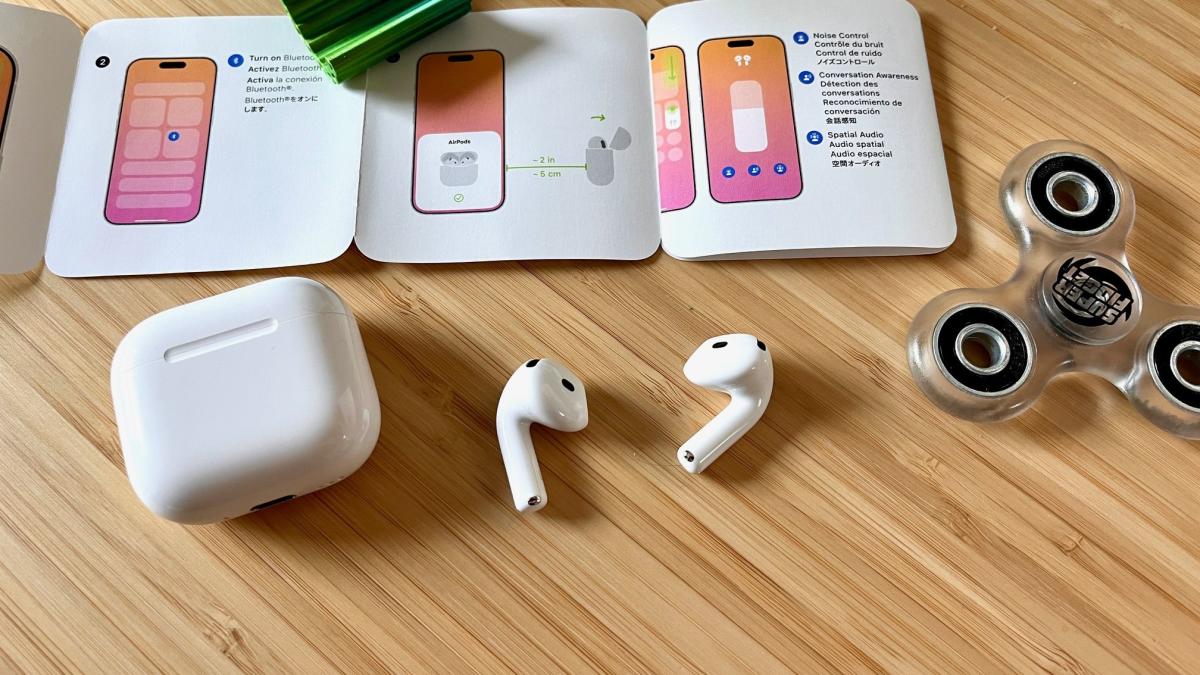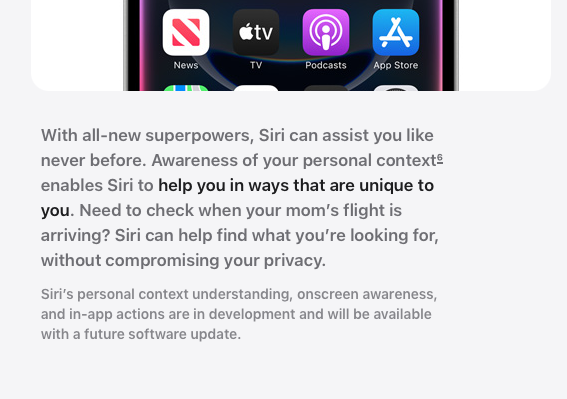Apple seems to be cooking up something big for iOS 19, possibly the largest update since iOS 7 hit back in 2013. While the company hasn’t spilled all the details yet, little hints have been popping up in their recent work. By peeking at new iPhone apps and designs, we can guess what’s in store for iOS 19. Let’s break it down.
New Apps Drop Big Hints
It’s been over a decade since Apple gave iOS a major makeover with iOS 7. Since then, changes have been small and steady, keeping the system familiar. But five recent apps—and one huge redesign—offer some exciting clues about iOS 19.
Here’s the lineup of Apple’s latest apps built from scratch:
- Journal
- Apple Sports
- Image Playground
- Apple Invites
- Apple Vision Pro (coming in iOS 18.4)
These apps look different from each other, but they share some key features that point to iOS 19’s direction. One big clue? They’re ditching the classic iPhone tab bar.
Goodbye, Tab Bars
For years, tab bars have been a staple of iPhone apps, sitting at the bottom of the screen—like in the original Phone and Clock apps. They’re still around today, mostly unchanged. But Apple’s moving away from them. New apps like Journal, Sports, and Invites hide navigation in menus near the top instead of using tab bars. Even older apps, like Photos, got a makeover last year, swapping the tab bar for a smooth, single-page layout.
What does this mean for iOS 19? Expect more apps to drop tab bars and switch to a simpler, one-page style. Apps like Music, App Store, Health, and News still use tab bars now, but iOS 19 might freshen them up with this new look.
More Design Clues
There’s more to spot in Apple’s recent apps. Parker Ortolani, a design expert, noticed that apps like Apple Sports and Invites feel different—almost like they belong on visionOS or watchOS. They’ve got bright backgrounds, glassy buttons, and bold, layered shapes. Apple Invites adds big cards and a focus on content. These touches hint at a lively, modern vibe for iOS 19. Reports say iOS 19 will borrow ideas from visionOS, and these app designs—think floating elements and colorful layers—back that up. It’s looking like a bold, fresh update is on the way!








